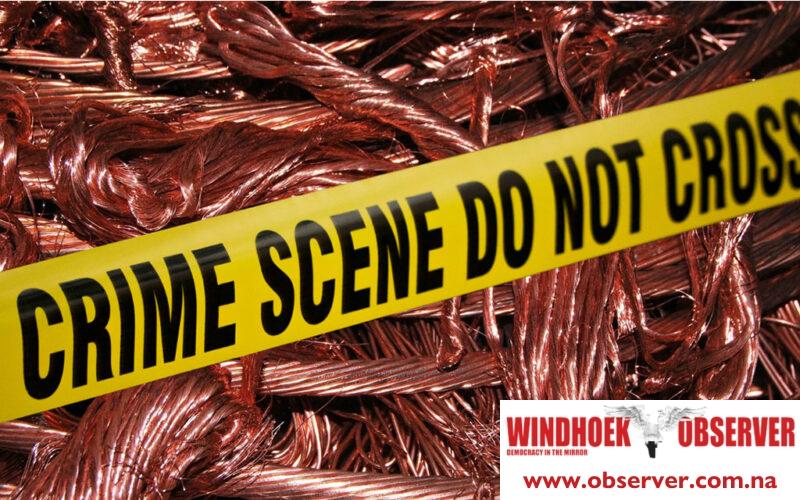Niël Terblanché
During the early hours of a Sunday morning, the residents of Smarties Extension 9 in Okahandja were shaken awake by an explosion before being engulfed in darkness once again.
As the sun rose, the grim reality became apparent: three copper cables, lifelines of electricity to their homes, were severed from a transformer, leaving the community powerless and in despair.
This theft, described by onlookers as “barbaric,” signals a burgeoning crisis not unique to Okahandja but reflective of a distressing trend across nations.
Okahandja is struggling with an escalating wave of copper cable theft.
This malaise isn’t merely a local predicament but causes distress to communities facing disrupted lives and economies due to the plunder of copper, an essential conduit of modern electricity.
In South Africa, the theft has reached crisis levels, with a staggering 4,633km of copper cable reported stolen in three years, impacting critical sectors including power generation, telecommunications, and healthcare.
The economic repercussions are colossal, with South Africa’s Eskom alone estimating losses of up to N$9 billion annually due to theft and the consequent replacements.
The theft in Okahandja was swiftly followed by a power outage, plunging residents into darkness.
Residents there share the agony of disrupted lives, with outages lasting days due to similar thefts, underscoring this crime’s widespread and indiscriminate impact.
The audacity of these thefts often belies a sophisticated level of organization.
Syndicates, operating with alarming precision, use disguised vehicles and counterfeit uniforms to evade detection, targeting vital infrastructure with impunity.
Such operations signify a blatant theft of resources and sabotage of critical services, placing countless lives at risk.
In response to the increasing menace of copper theft, CENORED and affected communities are calling for vigilance and stricter punitive measures against culprits.
The involvement of scrap yards in recycling stolen copper has drawn particular scrutiny, prompting demands for more rigorous regulations and accountability in the scrap metal industry.
Additionally, there’s a pressing need for community engagement and innovative solutions to protect vital infrastructure, including enhanced security measures and technological interventions.
The theft in Okahandja calls for a concerted effort to stem the tide of copper theft grows louder, emphasizing the urgency of addressing this challenge.




